The stargazes you can't miss this year
Categories: Space
By Pictolic https://pictolic.com/article/the-stargazes-you-cant-miss-this-year.htmlWe also call them shooting stars, stellar or meteor showers, and meteor showers. But in fact, a starfall is still a meteor shower, and meteors are not stars at all. In fact, this is space debris — small particles of dust and ice left over from comets that move too close to the Sun. When our planet passes through this debris, the particles enter the atmosphere, where they interact with air molecules and burn up. And that's what we can see in the sky.


Quadrantids
The Quadrantids are usually active in January. You can usually see about 25 meteors flying through the night sky every hour. The radiant, or the region of the celestial sphere that appears to be the source of the Quadrantids, is located at the northern tip of the constellation Volupas, next to Ursa Major. This meteor shower is best seen from the Northern Hemisphere.

Lyrids
Lyrids are active in April. During the peak of the stream, approximately 10 to 15 meteors can be observed in the night sky every hour. But sometimes there are rare bursts — up to 100 meteors per hour. The Lyrid radiant is the star Vega in the constellation Lyra. The Lyrids are best seen from the Northern Hemisphere.
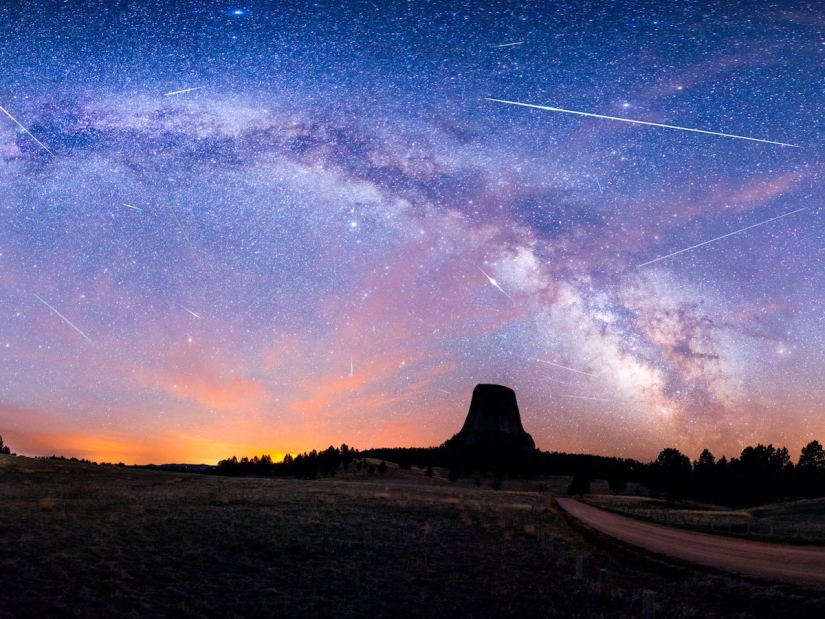
Eta-Aquarids
The n-Aquarids are active between April and May. Depending on the location, you can see from 10 to 60 meteors every hour. The radiant of this stream is the star Eta in the constellation Aquarius. Eta-Aquarids are best seen from the Southern Hemisphere.
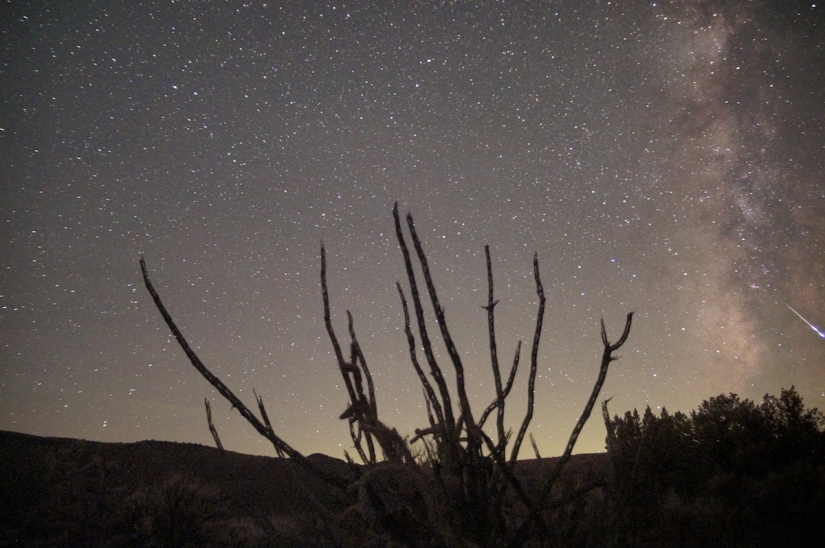
Delta Aquarids
Delta Aquarids are active from July to August. In the night sky, you can see from 15 to 20 meteors every hour. The radiant is the star Scat-Delta of the constellation Aquarius. This meteor shower is best seen from the Southern Hemisphere.

Alpha-Capricornids
Alpha Capricornids are active between July and August. This is one of the weakest meteor showers — no more than 5 meteors per hour. But it is well known for its spectacular bright fireballs — the meteor's glow becomes so bright that it obscures the rest of the sky. The flow is observed in the Northern and Southern hemispheres.
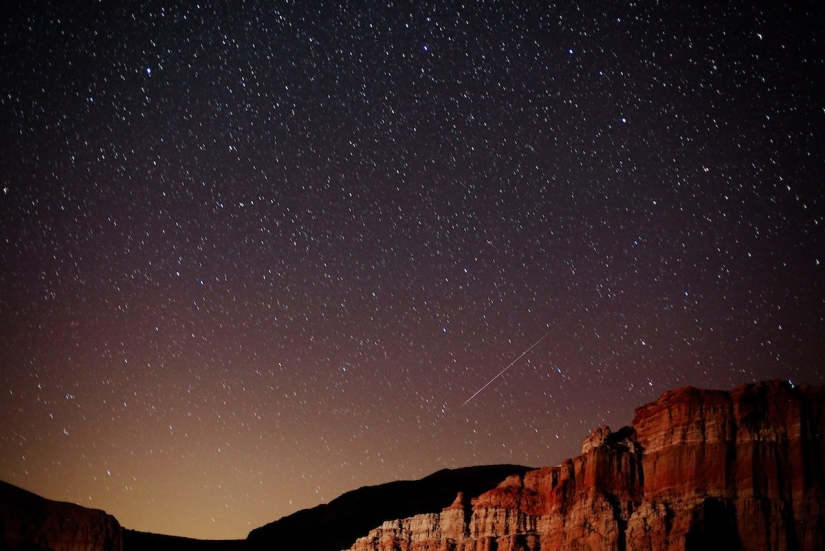
The Perseids
The Perseids are also active between July and August. Meteors are released from Comet Swift-Tuttle. You can usually see 50 to 75 meteors per hour. Their apparent source is the constellation Perseus. These meteors are bright and fast and often leave behind persistent plumes in the sky. They are best seen from the Northern Hemisphere.

Orionids
The Orionids are active between October and November. Although you can usually see only 10-20 meteors per hour, for several years the stream competed in activity with the Perseids, releasing 50 to 75 meteors per hour. This stream is also known to generate persistent footprints and fireballs from time to time. The apparent source of the meteors is the constellation Orion.
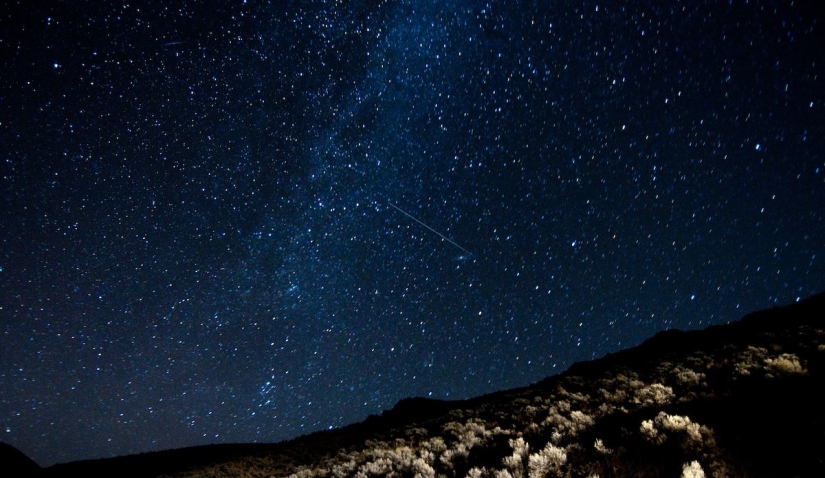
Draconians
Draconians are active in October. Although the stream is usually quite sparse, releasing only a few meteors per hour, there have been times when the Draconians have been the source of thousands of meteors every hour. These meteors seem to fly out of the head of the constellation Draco in the northern sky. Because of this, the stream is best seen from the Northern Hemisphere.
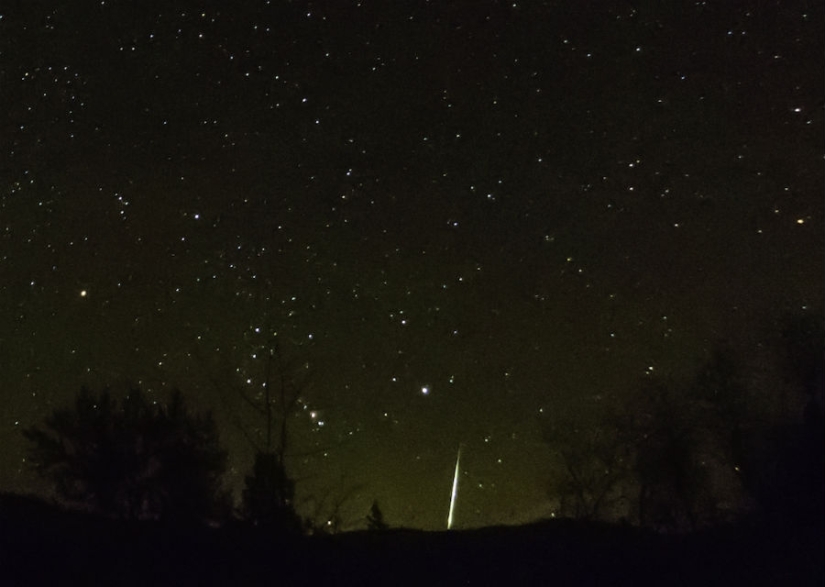
Southern Taurids
Southern Taurids are active from September to November. Although the stream has been active for more than two months, it rarely produces more than 5-7 meteors per hour, even at its peak. Nevertheless, this flow is the cause of many fireballs. The apparent source of the Southern Taurids is the constellation Taurus.

Northern Taurids
Northern Taurids are active between October and December. The stream is very similar to the Southern Taurids, producing only a modest 7 meteors per hour. Meteors are often quite slow, but can be very bright, sometimes with fireballs. As with the Southern Taurids, the apparent source of the Northern Taurids is the constellation Taurus.

The Leonids
The Leonids are active in November. They originate from the Tempel-Tuttle comet. Although every few decades the stream creates real meteor storms with thousands of meteors per minute, in most cases, only 10-15 meteors can be observed hourly. The radiant of the stream is the constellation Leo.
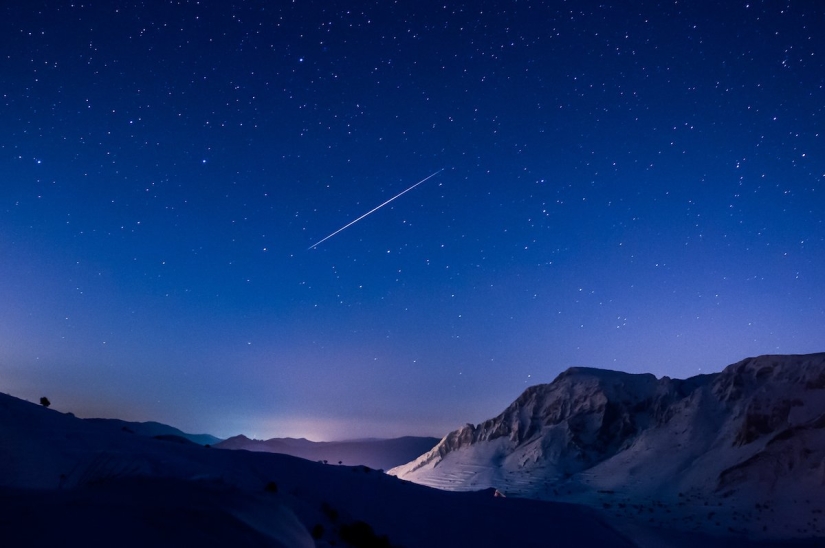
Geminids
The Geminids are active in December and are usually the strongest meteor shower of the year. Meteors, often white and bright, can fall very often — up to 120 per hour. The radiant of this stream is the stars Castor and Pollux in the constellation Gemini. The Geminids are best seen from the Southern Hemisphere.
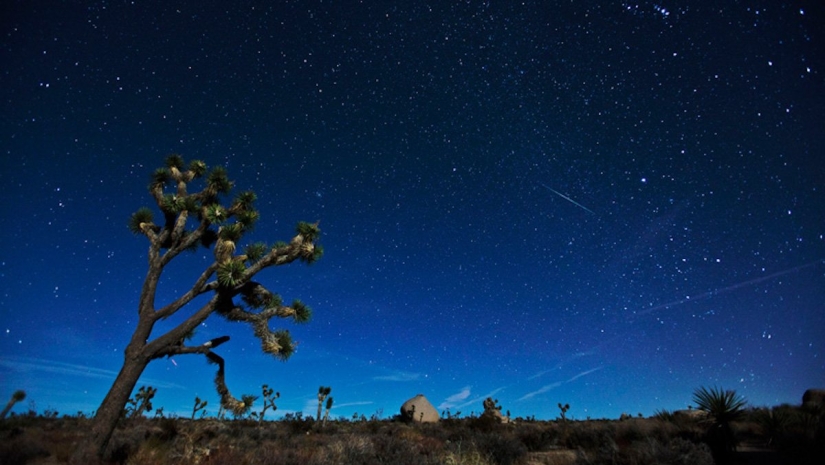
Ursids
Ursids are active in December. Meteors fly in the sky at a speed of 10-15 pieces per hour, with random bursts of up to 25 flashes per hour or more. Meteors originate from Comet Tuttle. The stream can only be seen from the Northern Hemisphere. Radiant is located in the constellation Ursa Minor.
Keywords: Beautiful | Sky | Space | Stars | Meteors
Post News ArticleRecent articles

Leonardo da Vinci was accused of being fond of orgies. William the Conqueror, despite all his successes, was called a "Bastard" ...

Modesty? Decency? A sense of tact? No, you haven't heard! Just look at what the people from the selection below are doing! No ...
Related articles

Someone thinks that perfectionism is a disease that should be treated. Someone, on the contrary, teaches others how to restore ...

Girls from our collection could easily compete for the title of "Miss universe". And this despite the fact that they are all ...

Petersburger Polina Brzezinsky @polinabrz travels the world with her husband and shares with hundreds of thousands of subscribers ...

American documentary photographer Bruce Davidson came to the UK in 1960 for a couple of months on the assignment of Queen magazine. ...